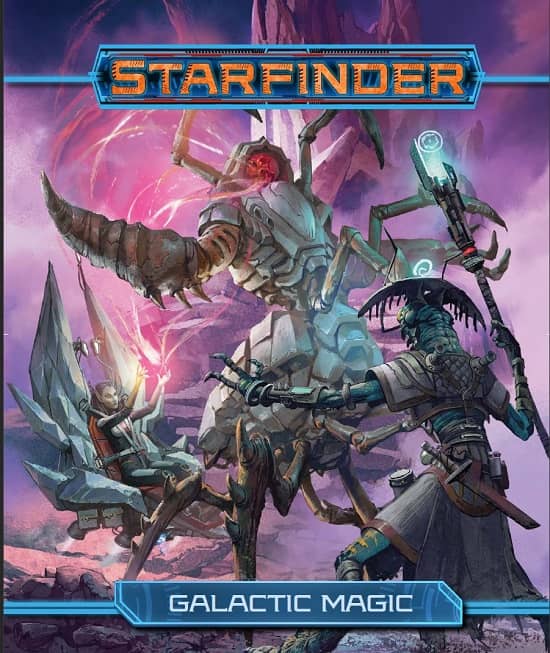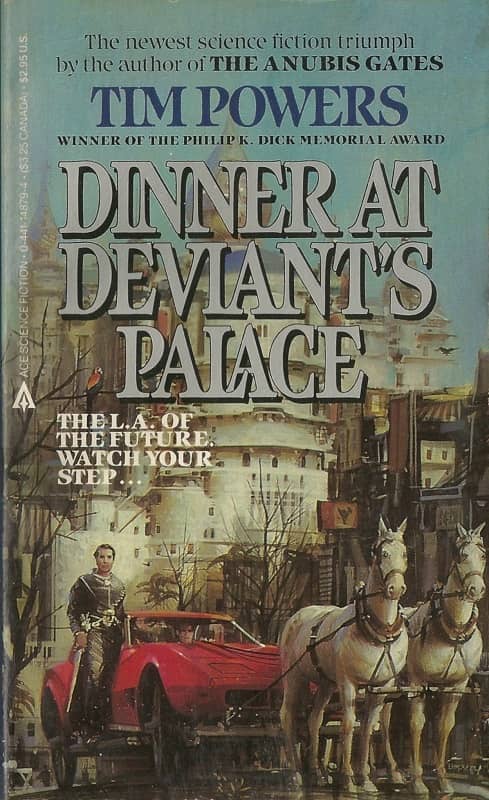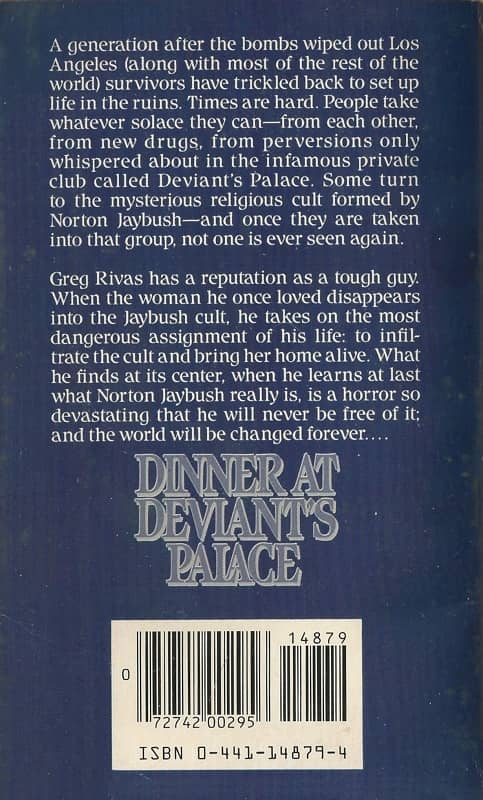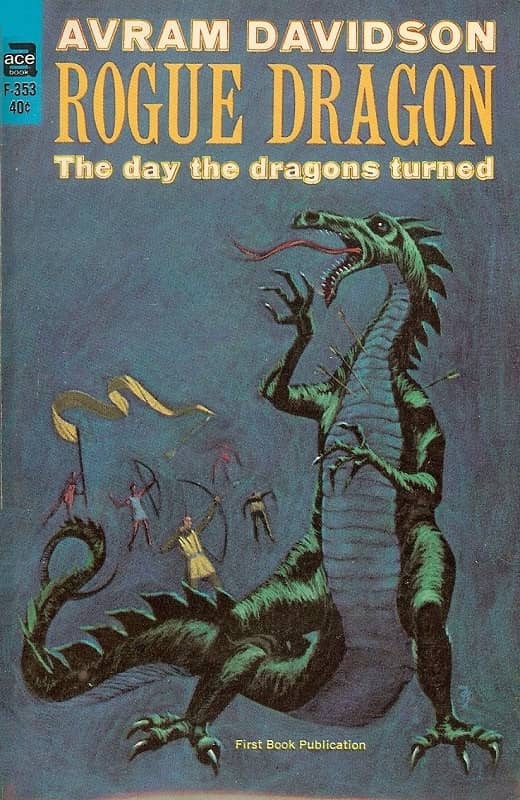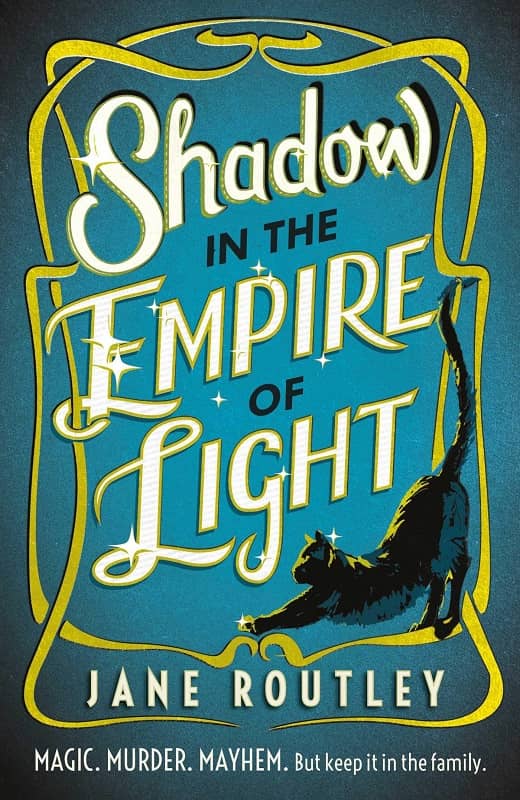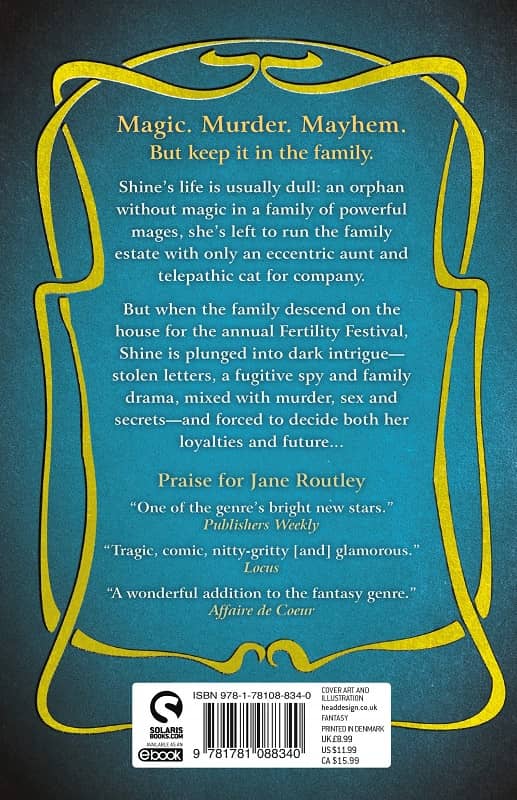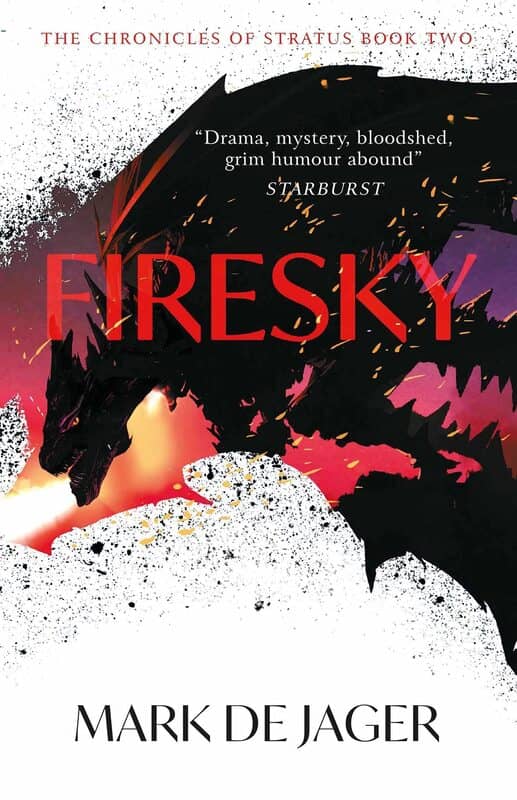The Triumphant Return of Fantasy Magazine
 |
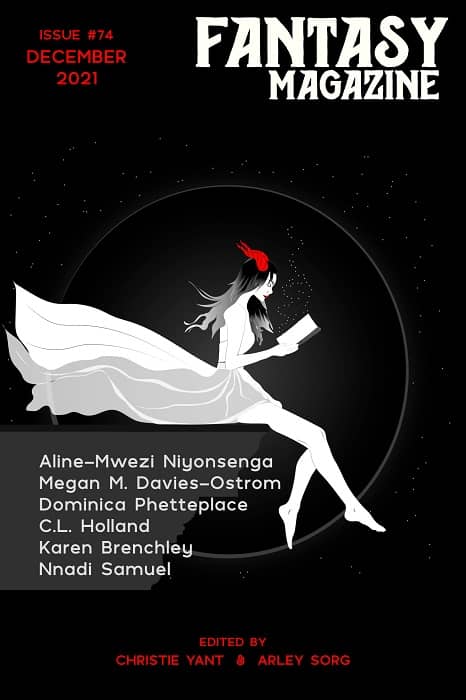 |
 |
The September, December and January issues of Fantasy Magazine (Adamant Press).
Covers by Thana Wong, OopsPixel, and Warmtail
Fantasy Magazine has a long and storied history. It was founded as a print mag by Sean Wallace in 2005, and edited by Wallace and Paul Tremblay. In 2007 it shifted to digital format, and Tremblay was replaced by Cat Rambo. In 2011 the magazine was acquired by John Joseph Adams’ Adamant Press; Adams became the new editor, and in 2012 he merged it with Lightspeed.
In November 2020 we covered the news that Fantasy was returning as an independent magazine, with new editors Christie Yant and Arley Sorg at the helm. The new regime has now produced sixteen issues, every one on time, publishing popular writers like Dominica Phetteplace, Beth Cato, Marissa Lingen, Bogi Takács, and many others. I’ve been very impressed with the timeliness, top notch art direction, and overall contents of the new edition of Fantasy. It deserves your attention.

